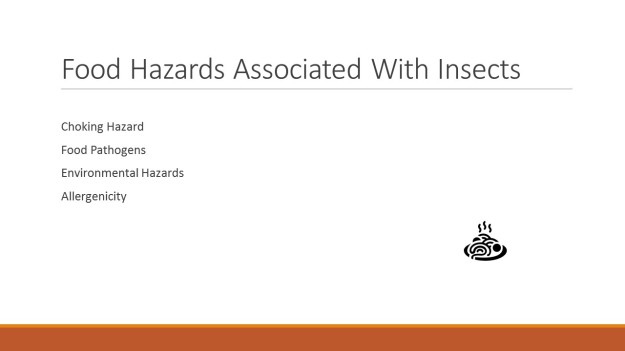Allergenicity is a topic that comes up often when discussing regulation of edible insect. Phil Johnson of UNL presented ‘Insects as a Potential Food Allergen’ at the IFT Annual Meeting symposium Challenges in Edible Insect-Based Food Industry: Farm to Fork
Phil Johnson is a Biologist by training and a food scientist by preference. After completing Undergraduate and Post Graduate degrees in molecular biology and biochemistry at Durham University and John Innes Centre, he went on to work on lipid synthesis and starch synthesis before setting on his current field of food allergy. Phil currently works within the Food Allergen research and Research Program at the University of Nebraska. Lee Palmer, a student in Phil’s lab is currently working on novel protein-rich foods, especially insects.
Here are the slides:
IFT17 Insects as a Potential Food Allergens PDF














